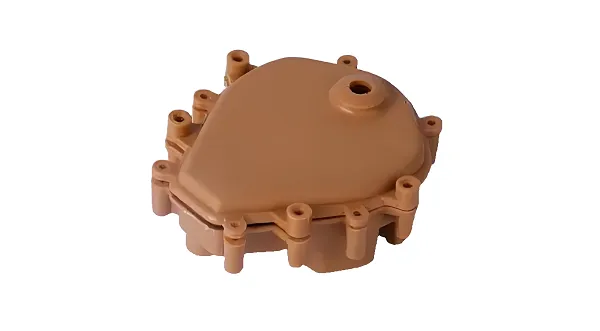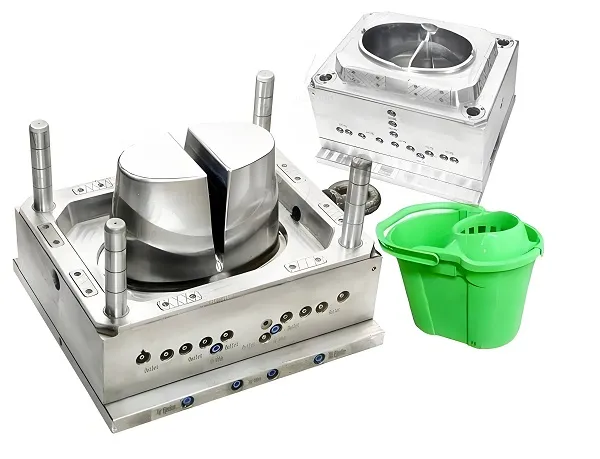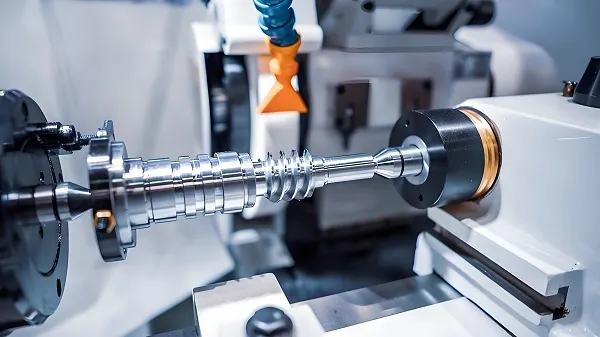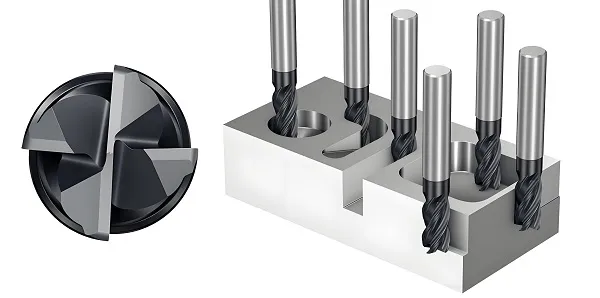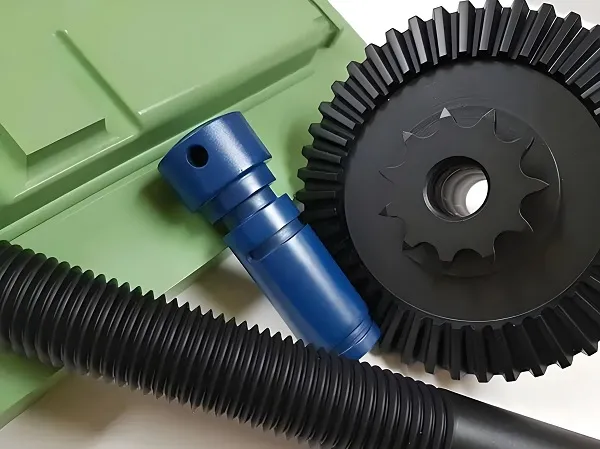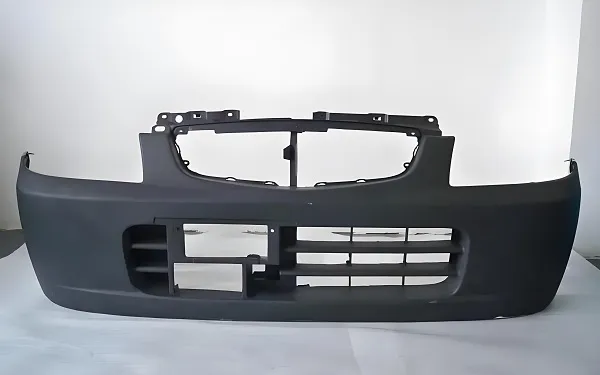Injection molding is a cornerstone of modern manufacturing, enabling the mass production of precision plastic components. While the basics of the process are widely understood, the nuances of custom mold design, material science, and simulation-driven optimization are critical for industries demanding high performance, cost efficiency, and scalability. This article addresses key technical challenges and innovations tailored to the needs of engineers, product designers, and procurement specialists in the U.S. and European markets.

1. Core Technical Principles: Beyond the Basics
From 2D Layers to 3D Solid Models
Traditional injection molding simulations relied on simplified 2D “center layer” models, which abstracted complex geometries into planar surfaces. This approach often led to inaccuracies in predicting flow behavior, especially for intricate designs like automotive components or medical devices. Modern software like HSCAE3D leverages 3D solid models (STL files) to generate finite element meshes, enabling precise simulations of material flow, cooling, and warpage. This shift eliminates manual abstraction, reduces design time by 30–50%, and improves accuracy for thin-walled or complex geometries.
Hot vs. Cold Runner Systems
The choice of runner system significantly impacts cost and efficiency:
Hot Runner: Maintains molten plastic in the manifold, reducing waste and cycle time. Ideal for high-volume production (e.g., automotive parts).
Cold Runner: Lower upfront cost but generates more material scrap. Suitable for low-volume or multi-material applications (e.g., medical syringes).
2. Material Selection: Balancing Performance and Cost
Custom mold design hinges on material properties. Key considerations include:
Thermoplastics:
ABS/PC Blends: High impact resistance for automotive interiors.
PA66+GF30: Glass-fiber-reinforced nylon for heat-resistant connectors.
Medical-Grade PP: Sterilizable and chemically inert for syringes and IV components.
Surface Finishes: Mirror polishing for optical clarity (e.g., lenses) vs. textured finishes for grip (e.g., tool handles).
Case Study: Polymar’s use of PBT Polyester in automotive lighting components demonstrates how material choice affects mold longevity and part durability under UV exposure.
3. Design Optimization for Custom Molds
Multi-Cavity vs. Single-Cavity Molds
Multi-Cavity: Increases output (e.g., 48-cavity PET preform molds for water bottles) but requires precise thermal balance to avoid defects.
Single-Cavity: Preferred for large or complex parts (e.g., furniture) where dimensional stability is critical.
Simulation-Driven Prototyping
Tools like Moldex3D simulate powder injection molding (PIM) and predict issues like sink marks or air traps. For example, optimizing gate placement in a medical centrifuge tube mold reduced scrap rates by 22%.
4. Quality Control: Meeting Industry Standards
ISO 9001/14001 Certification: Ensures traceability and environmental compliance (e.g., Chemplast’s automotive-grade molds).
Tonnage Capacity: Presses ranging from 85 to 2200 tons accommodate parts from micro-components (<0.5 ml) to large panels (e.g., washing machine housings).
Post-Molding Services: Automated part handling and 2K molding (two materials in one cycle) for overmolded grips or seals.
5. Industry-Specific Challenges
Automotive
High-Precision Connectors: PA66+GF30 molds require tight tolerances (±0.01 mm) to ensure electrical conductivity.
Aesthetic Demands: Class-A surface finishes for interior trim, achieved through diamond-cut tooling11.
Medical
Cleanroom Compliance: Molds for IV sets must avoid particulate contamination, necessitating polished surfaces and validated cleaning protocols.
Consumer Electronics
Overmolding: Combining rigid (PC) and flexible (TPU) materials in a single mold for smartphone cases.
6. Future Trends: Smart Molds and Sustainability
IoT-Enabled Molds: Sensors monitor real-time pressure and temperature, enabling predictive maintenance.
Recycled Materials: Molds adapted for bio-based resins (e.g., PHA) reduce carbon footprints without sacrificing performance.
Conclusion
Custom injection molding is not a one-size-fits-all process. Success lies in aligning material science, simulation tools, and industry-specific standards. By leveraging advancements like 3D modeling and IoT-driven quality control, manufacturers can achieve faster time-to-market, lower costs, and superior product performance.
For further details on mold specifications or supplier capabilities, explore sources like Polymar-ASM or Chemplast.

